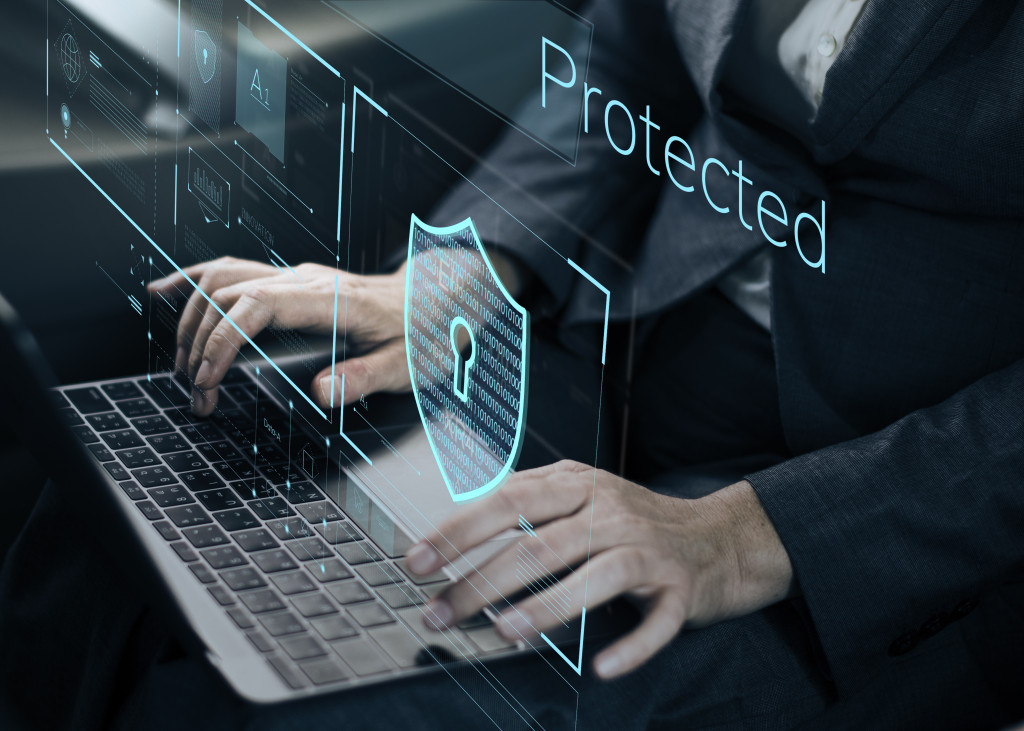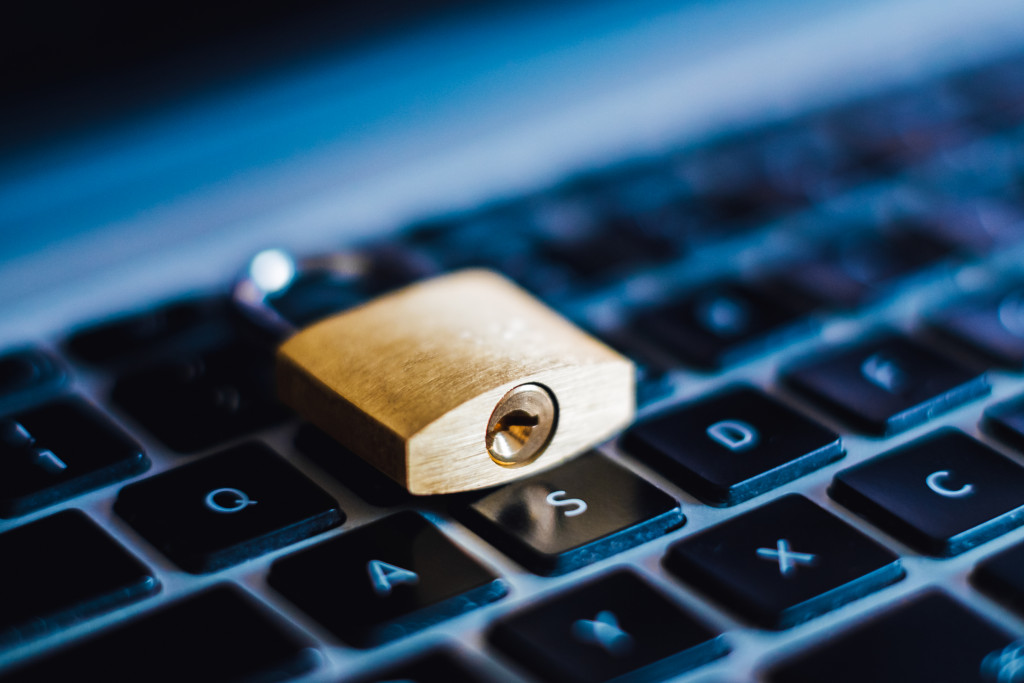One of the biggest concerns for businesses today is protecting customer data. With so much information being shared online, it is crucial to take steps to ensure that your customers’ information is safe. Here are some tips for doing just that.

Have a plan for how to respond if your data is compromised
If your company experiences a data breach, it is important to have a plan for how to respond. This should include details on how you will communicate the situation with customers and what steps you are taking internally to protect their data.
When a data breach occurs, it is important to take steps to protect your customers’ information. This includes communicating with them about the situation and taking measures to prevent future breaches.
Always make security a top priority
Security never takes a holiday, so companies must always keep security in mind. It’s also important to make security a priority in every project that comes through the door, no matter how small or trivial it may seem at first glance. Before you start any new project, your company needs to make sure that security is always the top priority.
Aside from digital security, you should also take care of physical security. You should make sure to prevent any incidents that can damage the servers in your company’s data center. Working with a company offering data center flooring solutions allows you to ensure the data center is safe and static-free. With this, you can prevent considerable data loss, downtimes, and negative customer feedback.
Use strong encryption when transmitting customer data
The practice of encrypting data in transit is a simple measure you can take to protect the security of your customers’ information. If customer data is being transmitted in an unencrypted format, bad actors may be able to read it as it moves across a network. To avoid this situation, make sure that all sensitive data sent from client systems to your servers is encrypted.
Be careful of transmitting data in cleartext. You should also avoid using null or weak encryption that allows bad actors to read the information you are sending. Using strong cipher suites that are up to date is also recommended. Additionally, you should be aware of man-in-the-middle attacks and SSL stripping, both of which can render HTTPS ineffective.
It also helps to have a third party perform penetration tests on your systems so you can identify vulnerabilities before they are exploited by hackers. You should especially look for vulnerabilities in custom code because third-party testing typically does not cover it.
Protect your systems from malware
Malware can be used to gain access to your customer data, so you must do what you can to protect against this threat. One way to protect yourself against malware is by using firewalls or intrusion protection systems (IPSs). You should also use email filtering tools to prevent harmful emails from entering the company network. If you are using cloud service providers, make sure that your security software is acting as a gateway before information leaves your servers. When it comes to preventing breaches on mobile devices, make sure you have an enterprise mobility management (EMM) system in place for device management.
With this, you can ensure that your employees are only installing authorized app stores and mobile apps on their devices. Furthermore, make sure to do regular security assessments of all remote access products used by company employees. This will help prevent any unauthorized connections to your network from outside the corporate firewall.
Secure your servers against brute force attacks
Brute force attacks can be particularly dangerous to your data because they usually take the form of many unsuccessful login attempts. If a bad actor can gain access and has administrative privileges, he or she may be able to do considerable damage. To prevent this situation, you should password protect physical and virtual servers and workstations that contain sensitive information.
Additionally, you should be sure to use strong passwords that are different from one another. This means not only creating a unique password for each system but also using long and complex passphrases. You should also make sure all systems have the latest patches installed on them as soon as possible.
Protect against unauthorized access
You must also protect your customer data from people who have not been authorized to see it. These include malicious employees, contractors, and even disgruntled customers. One way to prevent unauthorized access is by using role-based access controls that give employees just the right amount of permissions they need to complete their tasks. This helps reduce accidental breaches due to actions taken beyond an employee’s permission.
Additionally, you should use authentication controls that go beyond passwords or user IDs to help prevent unauthorized access to your systems. These include the use of smart cards, one-time passcodes, and other multi-factor authentication tactics.
With so many threats to data security, businesses need to take precautions to protect their customer information. Implementing these measures may seem like a lot of work, but they are necessary to keep your customers safe and your business secure.



